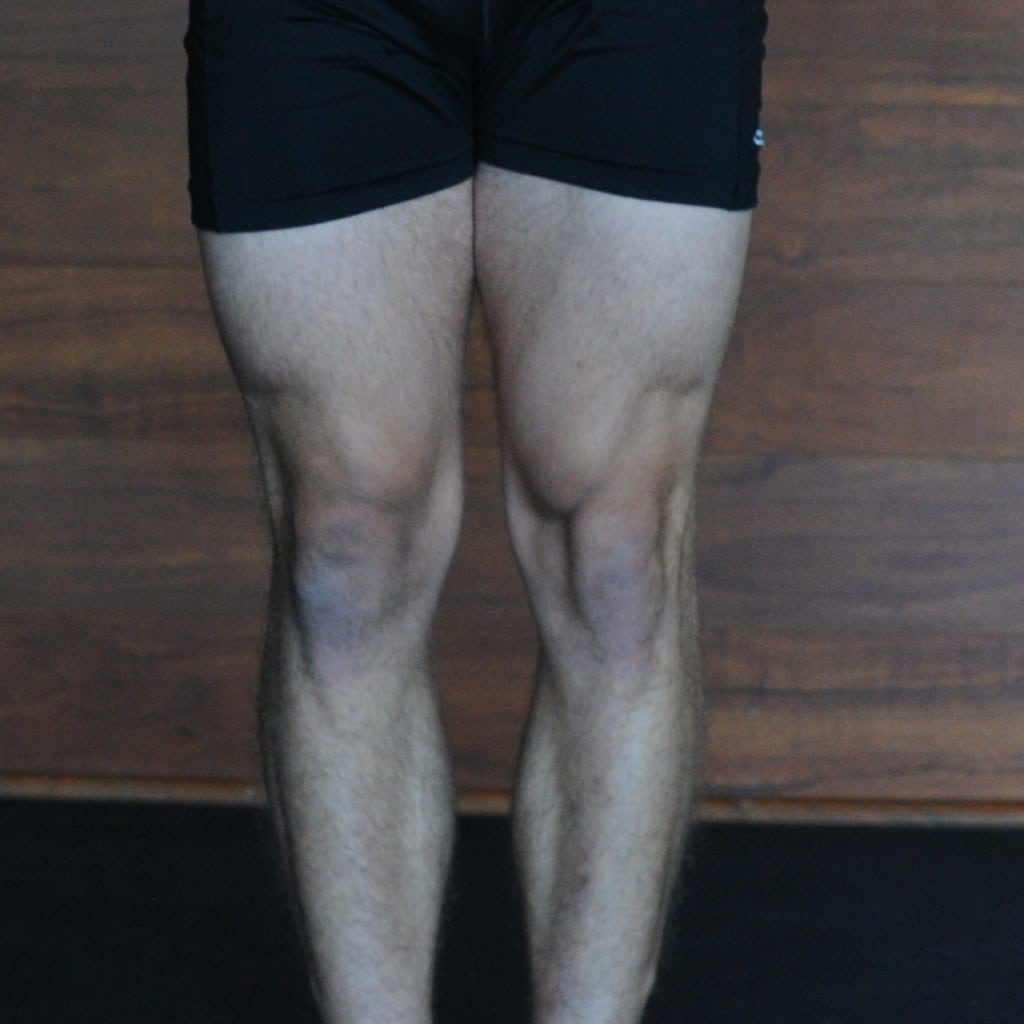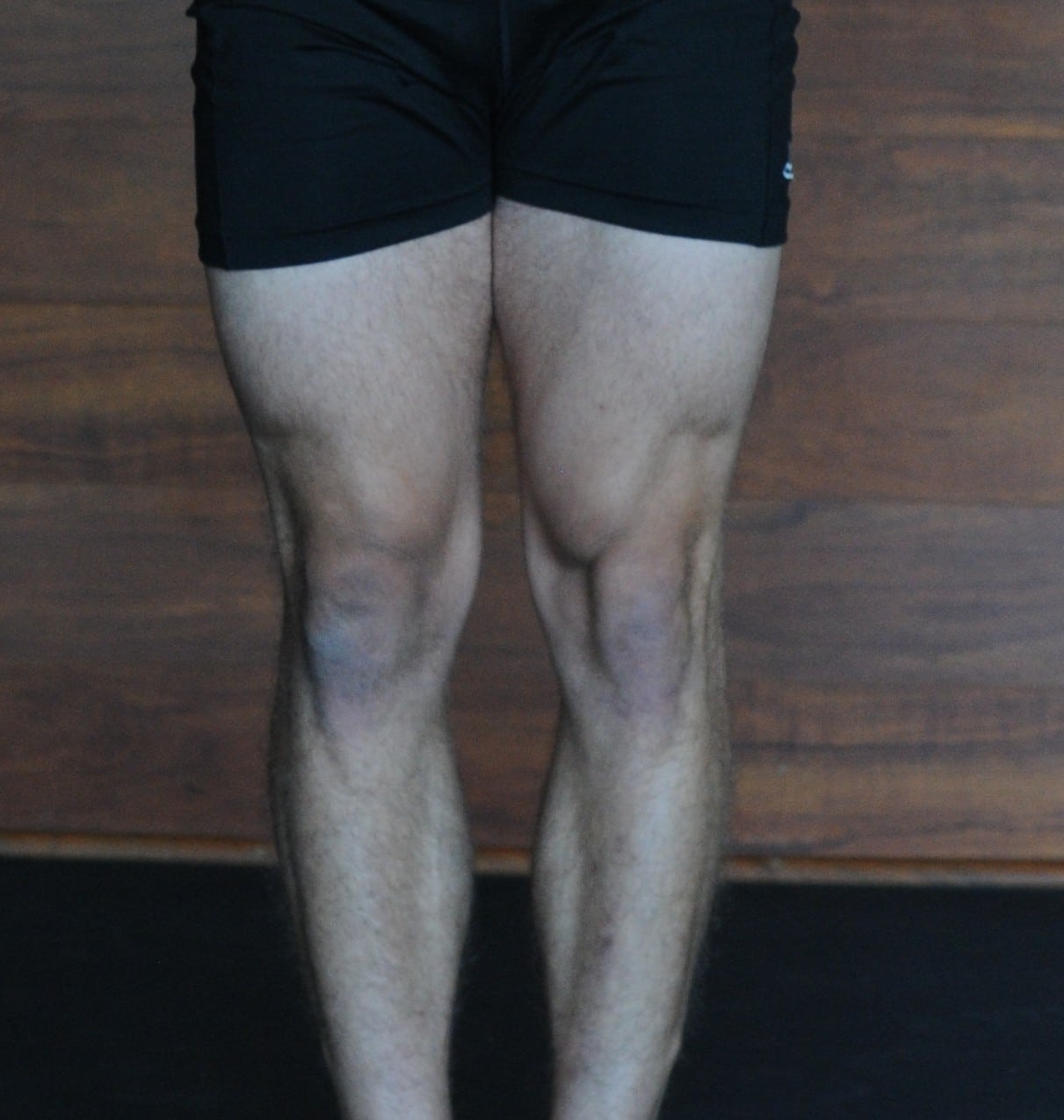There is a certain point in your physical fitness career that you begin to realize the imbalances in your body. This usually happens once you’ve gained the proper bodily awareness to begin to notice such things. On the other hand, it can be extremely obvious if you are recovering from an injury or have the issues for many years (or decades). Whatever the case, most people end up talking about these imbalances, but not actually doing anything to address these imbalances. The task of correcting imbalances can seem daunting, and most of us don’t have the luxury of 2 hours per day to spend on exercise. Instead, we focus on our “main” workout, and we slowly start to see the imbalance be addressed, but at the same time we are relying on the stronger muscles to do the majority of the work, so in reality, we are only contributing to the imbalance.
Secondly, we need to determine what the cause of the imbalance is. Your body is completely interconnected, and often the area of your body that feels discomfort or pain is simply the area that your weakness or imbalance manifests, meaning that even though you are feeling pain in your shoulder, it could be caused by weakness somewhere else in your body. If you do not understand your imbalance or what it is caused by, it is best to consult a health professional (a physical therapist) who has undergone the necessary years of training to be able to deal with your needs specifically.
So, back to my original question: How do you address imbalances?
The answer is directly. You address your imbalances by directly going to the source of the imbalance, instead of avoiding it. Your weakness will not go stronger if you allow it to rest constantly. You need to exercise the weaker muscle in question so that it grows stronger. That’s how strength building works. That does not mean that you should put your right leg through an hour-long session of one-legged squats and lunges if you are trying to develop your right quadriceps. Actually, the best way to address your imbalance is by doing a small amount of exercises on a daily basis that directly address the weakness. So, in order to strengthen your hip flexor, you would do 10-20 minutes of exercises that directly isolate your hip flexors, and you would do this on a consistent basis for weeks or months, however long it takes.
In short, you simply need to carve out the time from your schedule (or from your main workout) to do the necessary exercises which will directly address your imbalance, and you need to this often and consistently. Now, as far as learning the exercises necessary to addressing these imbalances:
Again, PROFESSIONALS are your best resource for learning exactly what to do in order to address your imbalances. They will give you a specific plan (similar to what I spoke about above – multiple times per week, with exercises directly addressing your imbalance) that will help your specific needs. Physical therapists go through years of schooling in order to acquire the knowledge necessary to be able to effectively address each of their client’s personal needs. There are many blanket, one-size-fit-all programs available online, but the vast majority of this information is only partial information, information that other health “professionals” learned from physical therapists or medical professionals anyways, so I do not recommend that you use these programs if you are still in the healing or recovery process.
If you are already aware of what you need to do in order to address your imbalance, then you only have one thing left you do: the exercises that address your imbalance! There is no secret. You just need to do it!
To summarize:
1) Determine what your imbalance is specifically. Consult a professional if you aren’t sure what’s going on in your body. They went through years of school, and they can help.
2) Do small amounts of exercise frequently that directly address your imbalance. “Resting” your muscles constantly will only contribute to atrophy. It will not make them stronger.
3) Figure out what you should be doing from a professional. Physical therapists are awesome.
4) Do it. Do the exercises you need to do to correct your imbalance. Do them consistently, and do them well.
A note about the above photo: That’s a picture of me from back in May, about a month after I injured my knee playing lacrosse. Since then, the muscles in my right thigh have almost gotten to the same level as my left thigh, but it took a very long time! If I had been more consistent in directly addressing my imbalance, my recovery would not have taken quite so long.


I do archery – a tremendously asymetrical sport. I’m trying to incorporate exercises to address my “opposite” side muscles into my daily/monthly/annual training plan, but it’s hard, especially when time is limited. (Darn that need for a full time job!)
Just train your other arm. Can’t be that hard, right? :-p